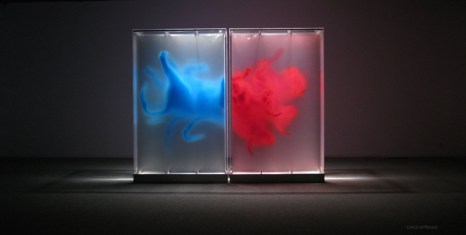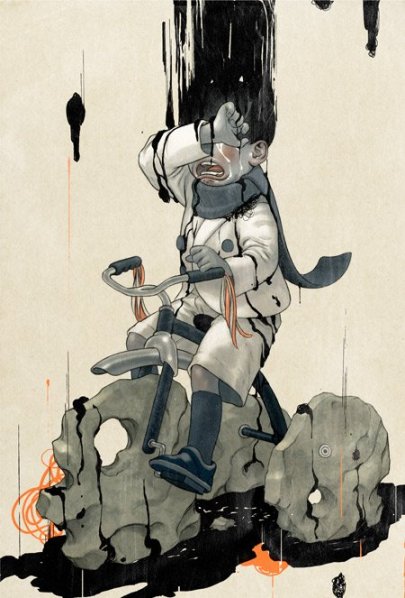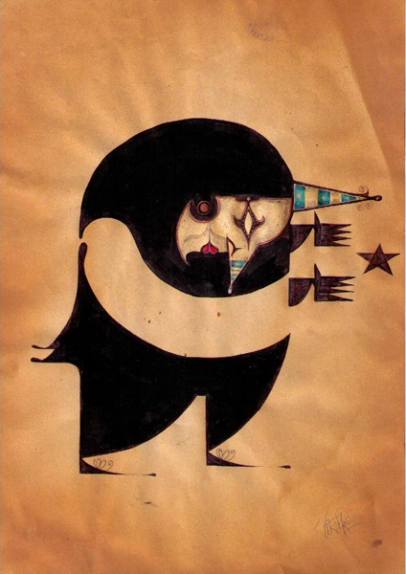Wicker Park’s 826CHI (www.826chi.org) is an after-school writing program for Chicago kids ages 6-18. The center is part of a nation-wide chain of free writing programs founded by novelist Dave Eggers, who also publishes the popular McSweeney’s magazine and humor web site.
The program has been offering drop-in tutoring, field trips and bookbinding programs for local school kids for more than a year and has just put the finishing touches on its storefront: a mysterious and often-times hilarious “secret agent supply store” known as “The Boring Store.”
According to 826CHI Executive Director Leah Guenther, the secret camera-glasses, mustache disguise kits and underwater voice amplifiers in The Boring Store serve a triple purpose: they fund new programs for the 826CHI kids, jolt them with quick doses of imagination every time they drop by and grab the attention of every adult (a.k.a. potential volunteer) who secretly thinks he would have made one heck of a spy in another life.
Let’s take a look at the only store in Chicago that denies its own existence.
[ txt,img src: The Chicago Methods Reporter ]
<< More here >>
Filed under: art, culture, people, space/place
























